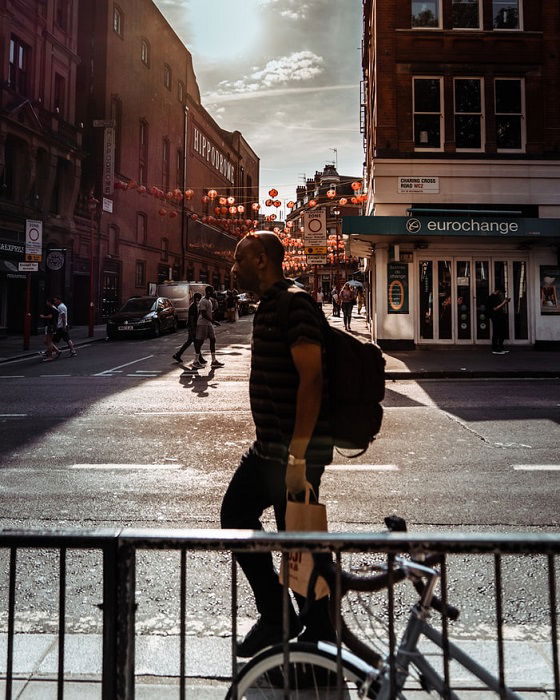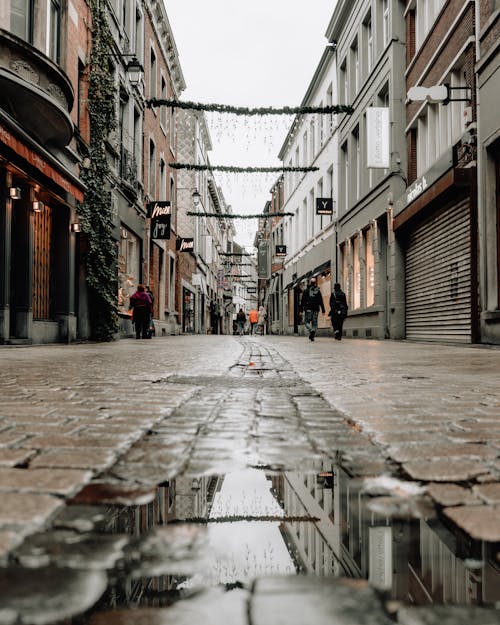10 Simple Techniques For Framing Streets
Table of ContentsGetting My Framing Streets To WorkFraming Streets Things To Know Before You Get ThisFraming Streets - An OverviewThe 7-Minute Rule for Framing StreetsAll about Framing Streets6 Easy Facts About Framing Streets Shown
, normally with the objective of capturing pictures at a decisive or emotional moment by careful framing and timing. https://pxhere.com/en/photographer/4162802., who was motivated to undertake a comparable documentation of New York City. As the city created, Atget aided to advertise Parisian roads as a worthy subject for digital photography.

5 Easy Facts About Framing Streets Explained
Martin is the initial recorded professional photographer to do so in London with a masked cam. Mass-Observation was a social research organisation established in 1937 which aimed to tape-record daily life in Britain and to tape-record the reactions of the 'man-in-the-street' to King Edward VIII's abdication in 1936 to wed separation Wallis Simpson, and the succession of George VI. The principal Mass-Observationists were anthropologist Tom Harrisson in Bolton and poet Charles Madge in London, and their very first report was produced as guide "May the Twelfth: Mass-Observation Day-Surveys 1937 by over 2 hundred onlookers" [] Window cleaner at Kottbusser Tor, Berlin, by Elsa Thiemann c. 1946 The post-war French Humanist Institution professional photographers found their subjects on the road or in the restaurant. Between 1946 and 1957 Le Groupe des XV each year showed work of this kind. Andre Kertesz. Circus, Budapest, 19 May 1920 Road digital photography created the significant content of 2 exhibits at the Museum of Modern Art (Mo, MA) in New York curated by Edward Steichen, Five French Professional Photographers: Brassai; Cartier-Bresson, Doisneau, Ronis, Izis in 1951 to 1952, and Post-war European Digital Photography in 1953, which exported the concept of street photography internationally.

The Main Principles Of Framing Streets
, then an educator of more information young youngsters, linked with Evans in 193839.'s 1958 publication,, was considerable; raw and usually out of emphasis, Frank's photos examined conventional photography of the time, "challenged all the official rules laid down by Henri Cartier-Bresson and Pedestrian Evans" and "flew in the face of the wholesome pictorialism and sincere photojournalism of American publications like LIFE and Time".